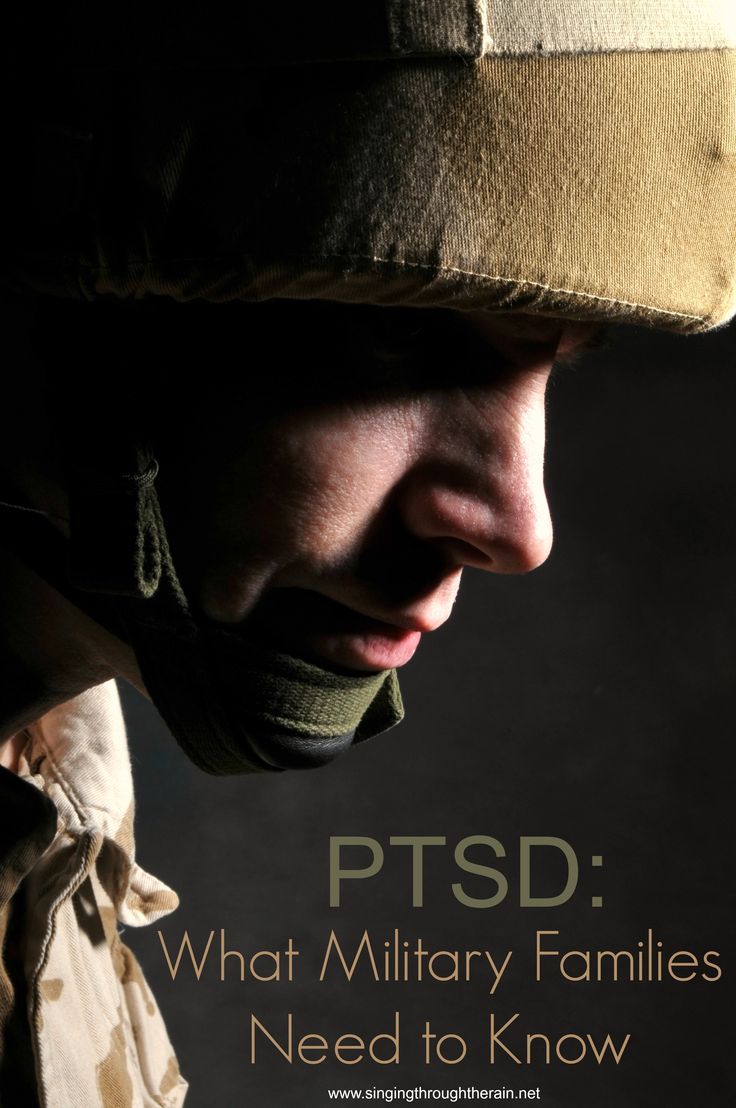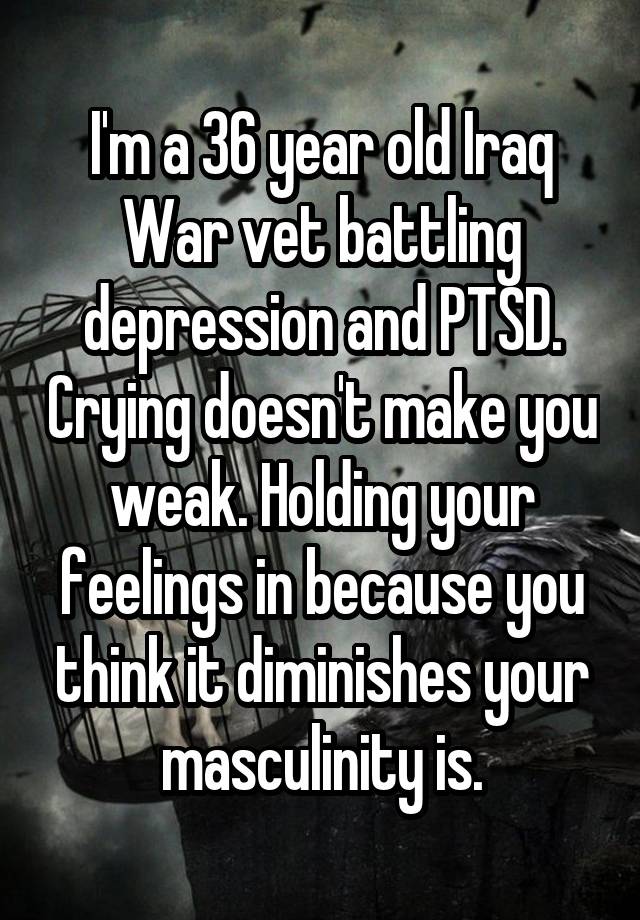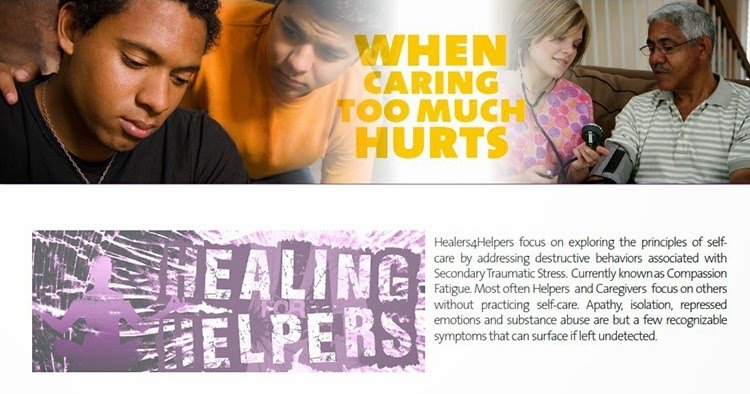Common Physical Responses To Trauma
- Insomnia or disrupted sleep
- Chest pain
- Chronic unexplained pain or health challenges
You might experience these physical and emotional reactions immediately after the traumatic event, or much later when another event or situation triggers a memory of the trauma. Trauma can also cause or worsen existing mental health conditions, like depression or substance misuseso symptoms you already have might become more intense after a trauma.
The Relationship Between Shame And Ptsd
No one is immune to feeling shame when it comes to experiencing a trauma. But there are certain types that are notorious for the slow rise of this emotion, such as sexual violence, intimate partner abuse, and childhood abuse. The reason why these are prime is because they each feature extremely dehumanising and humiliating by nature, which is the perfect recipe for shame to form. This can become a catalyst for the person with PTSD to partake in self-destructive behaviours, self-blame, self-neglect, perfectionism, and can quite often link to suicidal thoughts or attempts.
The most challenging part about shame is that once it has formulated, it can be very hard to break out of. So, for those who are in recovery for their PTSD, the existence of the perpetuating cycle of despair is a leading hurdle to reach healthier coping mechanisms. In fact, many people tend to be so shame-bound that they retreat from the world around them, not allowing resources to help them get back to a much better mindset to see their self-worth. Though it might feel like a dead-end path, it is possible to recover from shame, learning how to restructure your way of thinking and your thought process so you can find yourself reaching your PTSD recovery goals.
Complex Ptsd: Response To Prolonged Trauma
Posttraumatic stress can severely interfere with functioning, resulting in intrusive memories, depression, disrupted sleep, anxiety, and avoidance of situations that bring back memories of the trauma. But the symptoms of some trauma survivors, particularly those who have experienced prolonged abuse or captivity, dont neatly match traditional symptoms of PTSD. In the 1980s, some therapists and researchers began to advocate for recognition of a new variety of PTSD called complex posttraumatic stress disorder or C-PTSD. Although C-PTSD is not listed in the Diagnostic and Statistical Manual of Mental Disorders,therapists are increasingly recognizing the issue, which requires different treatment and produces different symptoms.
Also Check: Phases Of Schizophrenia
Could You Have Ptsd
There is a whole lot more Posttraumatic Stress Disorder around than we would like to recognize. People struggle with the symptoms, sometimes for a lifetime. Often they think they are weak or crazy when in fact they have a recognized illness. PTSD is treatable if only those who have it would seek help.
There are three main causes of PTSD. One huge source of the illness is living through the horrors of war, either as a combatant or a civilian in a war zone. The recurring theme of so many young Americans sent off to wars in distant lands guarantees that we will be seeing an expanding number of PTSD cases for years to come.
Other large groups with PTSD are children who were abused and those who have been victims of domestic violence. There can be other sources of PTSD, such as witnessing a violent death or living through a natural disaster.
So what are the warning signs that you or someone you know has PTSD?
How To Sleep Better With Ptsd

Elements of proper sleep hygiene can go a long way toward reducing PTSD sleep problems. These include:
- Keeping a cool, dark, and quiet sleep environment
- Reserving the bedroom for sleep and sex only
- Staying on a regular bedtime schedule
- Eating a healthy diet and avoiding caffeine before bedtime
- Getting regular exercise, which also helps tame hyperarousal
- Avoiding stressors before bedtime, including talking about your traumatic event
- Having a warm bath or reading a calming book before bedtime
- Turning off screens an hour before bedtime
- Using a white noise machine if you are sensitive to sounds
- Using meditation or other techniques to prevent rumination
You should sleep in a room that makes you feel safe, which may or may not be your bedroom. If you are uncomfortable sleeping in a dark room, a nightlight may provide a feeling of security.
People with PTSD are often afraid to go to sleep because they worry they will have nightmares. Unfortunately, this can lead to spending hours in bed with racing thoughts. If you have been in bed for 20 minutes and you cant fall asleep, get out of bed, go to another room to do something relaxing, and only return to bed when you feel sleepy. This will help strengthen the mental association between your bed and sleep.
Don’t Miss: Fainting From Anxiety
Coping Strategies To Match Your Emotion
Once you’ve identified at least one or two thoughts, physical sensations, and behaviors connected to an emotion you’re feeling, you can start thinking about the type of coping strategy that might be best for managing it.
For example, if you’re experiencing an emotion that causes increased heart rate and muscle tension, you may want to try a coping strategy to bring those physical sensations down, such as progressive muscle relaxation or deep breathing.
Now that you’ve learned how to identify your PTSD emotions, hopefully you’re feeling better about managing them. Fortunately you can choose from a number of healthy coping strategies.
At First It Was Difficult To Accept That Id Experienced Trauma For So Long I Had This Misconception From Film And Tv Of Who Could Live With Ptsd
It was soldiers who had witnessed and experienced war firsthand, or people who had lived through some type of traumatic event, like a plane crash. In other words, it couldnt be me.
But as I started to settle into my diagnosis, I began to understand the layers that PTSD and CPTSD truly have, and how these stereotypes didnt fit the reality.
Trauma is much broader than we tend to imagine. It has its way of leaving an imprint on the brain for life, whether were consciously aware of it or not. And until people are given the tools and words to really define what trauma is and how they could have been affected by it, how can they begin to heal?
As I started to become open with people with my diagnosis, I started to research the differences between PTSD and CPTSD. I wanted to learn more not just for myself, but to be able to have open and honest discussions with others who may not know the differences.
Read Also: Effects Of Phobia
How Can You Recognize Triggers
Some are obvious. Others are subtle. In fact, you may not realize something is a trigger until you have a reaction. It may seem like your PTSD symptoms come out of the blue. But theyâre usually caused by an unknown trigger.
Feeling as if youâre in danger is a sign that youâve experienced a PTSD trigger. A therapist can help you identify yours. They can also help you learn ways to cope.
Show Sources
Why Bipolar Disorder Is Often Misdiagnosed
For some people with a history of mental illness, like the hypothetical Jane Grey, receiving a PTSD diagnosis may come as a shock. But these comorbidities are actually common and research suggests that a preexisting mental illness, such as major depressive disorder or bipolar disorder, may be a risk factor for PTSD.
If you or a loved one is dealing with PTSD and another mental illness, heres an overview of how to manage six conditions that commonly occur with PTSD.
Read Also: What Is The Phobia Of Throwing Up
Signs You Or Someone You Know Has Bpd
The same review finds that, while these two conditions are distinct diagnoses, some researchers have observed that one condition may exacerbate the symptoms of the other. For instance, PTSD can intensify the affective instability of someone who has BPD. It may also serve as a trigger for self-injury among people who have BPD.
BPD is often found in people who have suffered from childhood abuse of any kind, and the authors of this paper cite that out of 547 people who had both conditions, 36 percent had experienced childhood sexual abuse. Broken down by gender, 43.43 percent of women who had both PTSD and BPD had childhood sexual abuse in their backgrounds compared with 19.14 percent of men in this same group.
Every Relationship Is An Emotional Rollercoaster
The concept of having people in your life on a regular basis can feel intimidating and overwhelming.
Often, you push people away, then try to pull them back in but sometimes its too late, and they walk away.
You cant blame them youre a lot to deal with when youre at your worst, even though you so badly want to be at your best.
Read Also: What’s The Fear Of Long Words
The Ptsd Symptoms Of Trauma Releases When The Body Shakes
When my body shakes, and the fear is diminished. At the time, I was uncovering memories of violence with my dad which had been buried for over 20 years. I experienced my legs shaking, and began to realize that I was trying to release the trauma from the violence I had endured. At times my arms would shake, and sometimes my legs would shake. Mostly it happened late at night I discovered thats when the abuse took place.
Each time the shaking occurred, I felt less fearful, and would experience a sense of calm and peacefulness. When I released old feelings, it would lead to new insights. I had more emotional freedom, and had more control over my fear. The strange part was that I didnt realize how much my life was dominated by fear until I began to get free of it.
My perspective also shifted, and I was able to see my dad in a more loving and forgiving light. He had experienced similar violence in his childhood, and had just passed it on. That awareness didnt excuse his abusive actions but it did help me understand him better.
Ptsd In Children And Teenagers

Older children and teenagers experience similar problems to adults when they develop PTSD. Younger children can express distress in a different way. For example, they may re-live the traumatic event through repetitive play rather than having unwanted memories of the event during the day. Many children have frightening dreams without recognisable content rather than nightmares that replay the traumatic event. Children may also lose interest in play, become socially withdrawn, or have extreme temper tantrums.
About one third of children who experience a traumatic event will develop PTSD.
Other problems that can develop alongside PTSD include anxiety or depression, defiant behaviour, attention deficit hyperactivity disorder, and in teenagers and young adults, suicidal thoughts and alcohol or drug use.
You May Like: Pristiq Depression
Healing And Recovery Process After Trauma
Any event that places a persons own life or the lives of others at risk results in the human body going into a state of heightened arousal. This is like an emergency mode that involves a series of internal alarms being turned on. Emergency mode gives people the capacity to access a lot of energy in a short period of time to maximise the chance of survival.Most people only stay in emergency mode for a short period of time or until the immediate threat has passed. However, being in emergency mode uses up vital energy supplies and this is why people often feel quite tired afterwards.The normal healing and recovery process involves the body coming down out of a state of heightened arousal. In other words, the internal alarms turn off, the high levels of energy subside, and the body re-sets itself to a normal state of balance and equilibrium. Typically, this should occur within approximately one month of the event.
What Can I Do To Help Myself
It is important to know that, although it may take some time, you can get better with treatment. Here are some things you can do to help yourself:
- Talk with your health care provider about treatment options, and follow your treatment plan.
- Engage in exercise, mindfulness, or other activities that help reduce stress.
- Try to maintain routines for meals, exercise, and sleep.
- Set realistic goals and do what you can as you are able.
- Spend time with trusted friends or relatives, and tell them about things that may trigger symptoms.
- Expect your symptoms to improve gradually, not immediately.
- Avoid use of alcohol or drugs.
Recommended Reading: What’s The Phobia Of Throwing Up
What Are The Symptoms Of Ptsd
There are four type of PTSD symptoms: reliving the event , avoiding situations that remind you of the event, negative changes in beliefs and feelings, and feeling keyed up . Symptoms may not be exactly the same for everyone. PTSD symptoms usually start soon after the traumatic event, but they may not appear until months or years later. They also may come and go over many years. If the symptoms last longer than four weeks, cause you great distress, or interfere with your work or home life, you might have PTSD.
Learn more: Symptoms of PTSD
Relieve Symptoms Of Ptsd: Allow Your Body To Shake
I have had enormous success by allowing my body to shake to help relieve my symptoms of posttraumatic stress disorder . The process sounds a little strange when you first hear about it, but can be an enormously powerful tool in the PTSD healing process. You can allow the body to shake to relieve the symptoms of PTSD.
Also Check: Can Anxiety Cause Dehydration
Unexpected Signs You Have High
When most people think of Post-Traumatic Stress Disorder , they envision debilitating anxiety and depression that seems apparent from the outside. But some people exhibit signs of high-functioning PTSD, and they might not be as obvious as you thought. Some people can experience PTSD and still manage to get through their day-to-day lives, but that doesn’t mean their symptoms don’t deserve to be looked at or that they have to live with those emotional hurdles forever.
“What many donât realize is that PTSD is not a direct result of trauma,”John Hamilton, LMFT, LADC and Chief Clinical Outreach Officer at Mountainside Treatment Center, tells Bustle. “Itâs not just the experience that results in PTSD, but how the person responds to that experience internally. It depends on how the person processes and reacts to the traumatic event. A lot of times, an individual will disconnect from themselves and have a hard time being present as a result. An individual with high-functioning PTSD is someone who struggles with the symptoms of this mental illness, but not to the extent where it interferes with everyday activities and relationships.”
The first step to getting the help you need is recognizing that you might be a high-functioning person living with PTSD. Discussing these symptoms with your therapist can help you get a diagnosis and figure out the best forms of treatment. Here are seven unexpected signs you have high-functioning PTSD, according to experts.
The Best Resources For People Managing Anxiety
One study looked at the link between GADs impact on the veteran community and found a link with PTSD. Out of 884 surveyed vets, 40 percent of people with PTSD were also diagnosed with GAD. These people had more severe symptoms of the anxiety disorder than those who had only GAD without PTSD.
Youll find a lot of people with PTSD will have some form of anxiety disorder. Many will experience panic attacks and have social anxieties, for sure. They might be withdrawn socially and avoid social gatherings, Emrani says. Its important that these people discuss with their medical team to seek out the treatment they need.
Treatment for anxiety disorders could include psychotherapy, or talk therapy, which aims to help individuals directly confront the specific anxieties that are plaguing them CBT, which is also helpful for depression support groups and stress-management techniques, like exercise or meditation. Medications cant cure anxiety disorders, but they could help alleviate symptoms. Antidepressants, selective serotonin reuptake inhibitors and beta-blockers are some of the most commonly prescribed.
Also Check: Three Stages Of Schizophrenia
Emotional Numbing Is Second Nature
Shutting yourself away from people, places, memories and sometimes emotions is sometimes the only way you can cope.
There could be certain areas you never go to or people youll never speak to again because going back means returning to a place of pain thats so incapacitating its beyond comprehension.
Are There Different Subtypes Of Ptsd

Yes. PTSD has two subtypes. If you have a subtype, this means you have the usual PTSD symptoms but also have one of the following:
1) PTSD with dissociation: People with this subtype have an extra PTSD symptom called dissociation. Dissociation is a state of mind where you feel disconnected from yourself, or out of touch with your surroundings.
People who dissociate sometimes feel like they are watching themselves from the outside, as if they were a character in a movie. Severe dissociation can also cause amnesia , or problems interacting with others.
2) Delayed PTSD: People with this subtype dont have full PTSD symptoms until at least 6 months after experiencing trauma. This happens in about 25% of people with PTSD.
You May Like: Claustrophobia Meaning In English
You Have Extreme Emotional Reactions
When you are experiencing PTSD, your fight-or-flight reactions intensify. When your body feels unsafe, you live in a state of hyper-vigilance. “This can lead to having an extreme emotional reaction to stressful or anxious situations, especially if this reaction is much more intense than what you felt before the trauma,”trauma therapist Michele Quintin, LCSW tells Bustle. Once again, the best way to deal with these emotions is to seek the help of a professional.